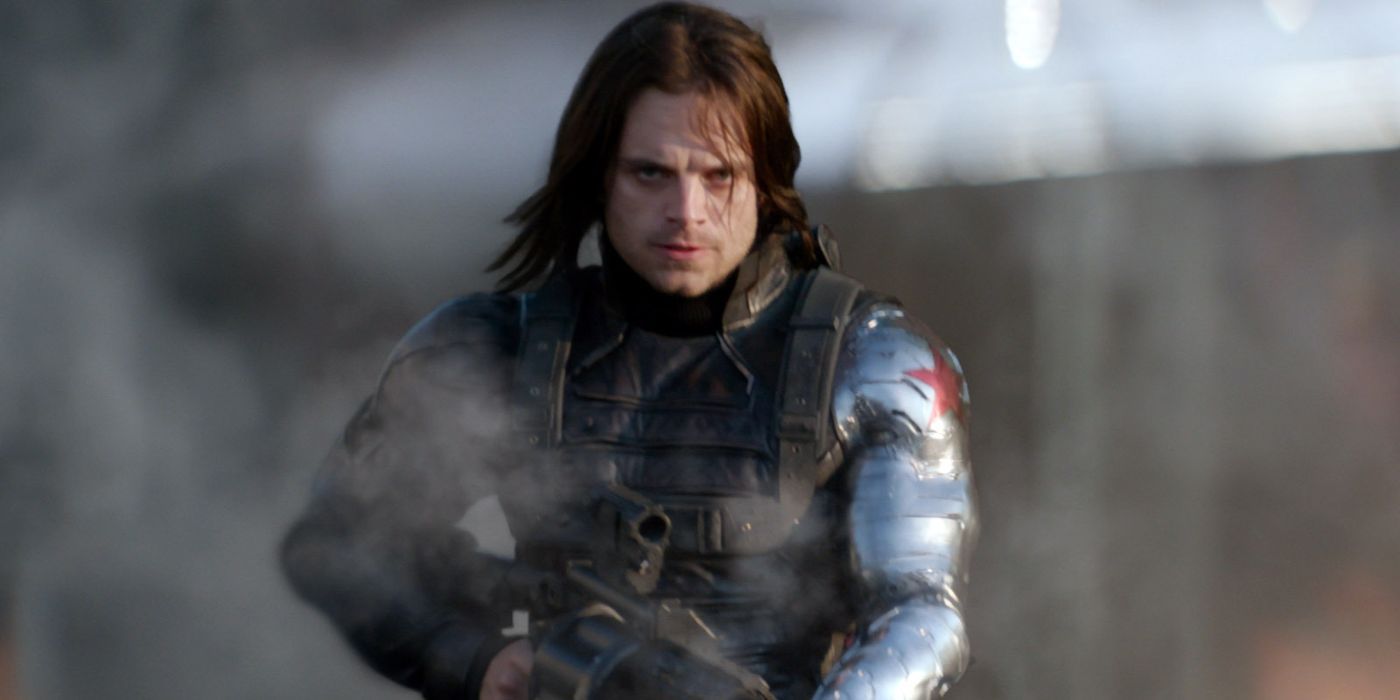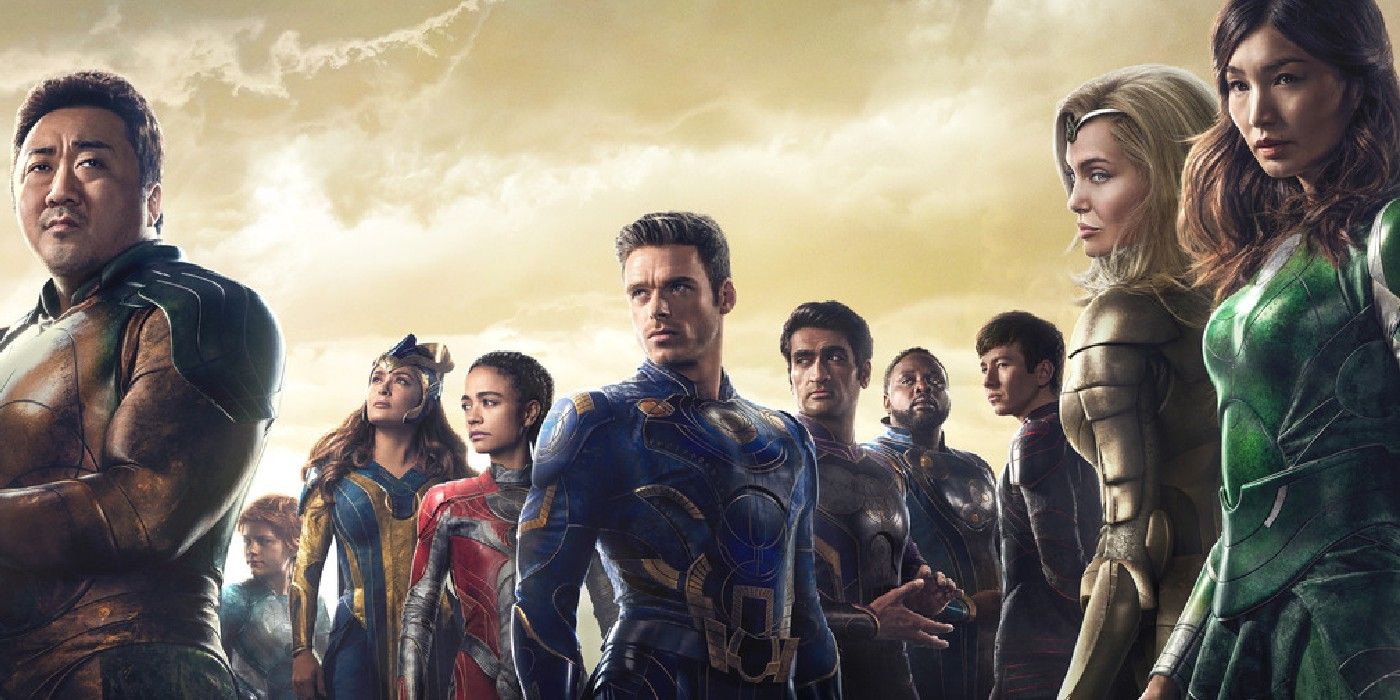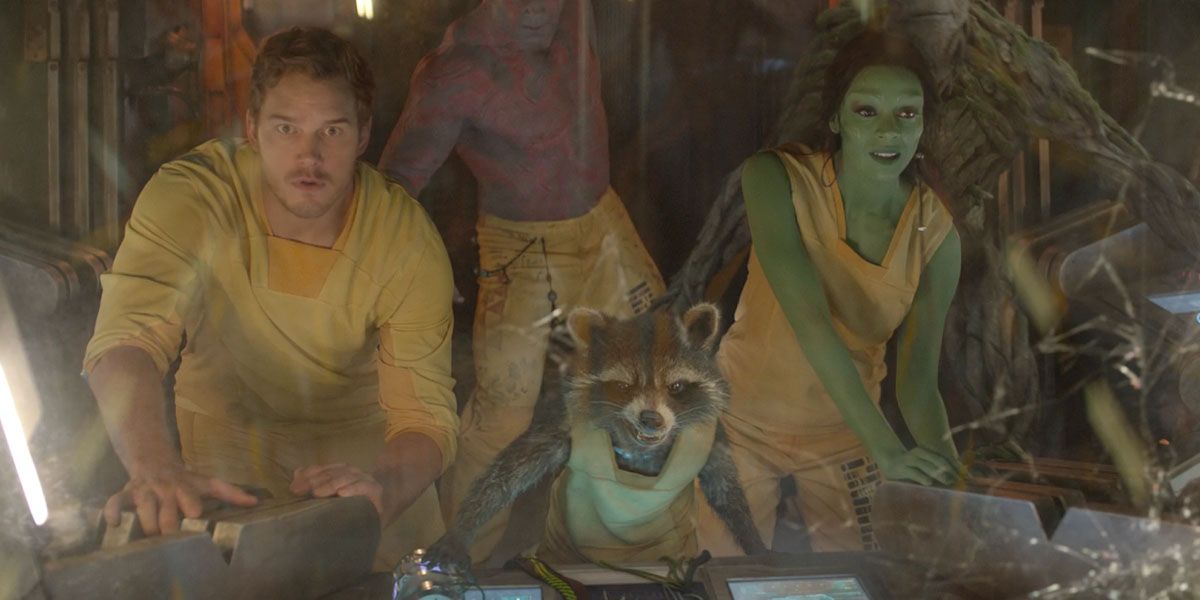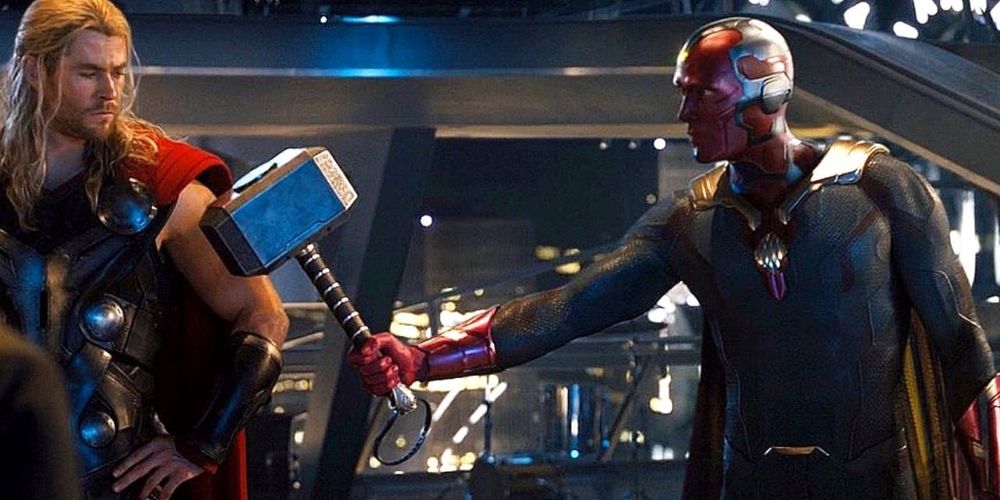When the MCU's Avengers first appeared on the big screen in 2012, it marked a huge shift in how audiences came to interpret and enjoy Marvel films. This giant crossover wasn't only entertaining on its own, but it furthered the plots of three other ongoing franchises. As the credits rolled, fans realized the potential of a shared universe. As a result, a film not only needed to be impactful in its own story but on the future of others in the MCU too.
Since 2008, the Marvel Cinematic Universe has consistently put out superhero content. With such a high volume of movies, it was always inevitable a majority of the films would have to be self-contained. However, some of these seemingly insular stories have ultimately gone on to have a great impact on the MCU.
27 The Incredible Hulk Is Barely Cannon
Originally meant to be a franchise-starting film in the same vein as Iron Man, Thor, and The First Avenger, The Incredible Hulk's poor critical and commercial reception led to it being largely forgotten by the contemporary MCU. While General Ross and Emil Blonsky have both been reintroduced, their looks are wildly different, and they bare little connection to their storylines from the original film. Meanwhile, Samuel Sterns, Doc Sampson, and Betty Ross have all been scrapped entirely.
At the very least, it does boast the first appearance of the Hulk and Bruce Banner, as well as an initially promising but ultimately ret-conned post-credits cameo from Robert Downey Jr. as Tony Stark. While he's shown inquiring about the Hulk on behalf of S.H.I.E.L.D., both The Avengers and Iron Man 2 essentially ignore this event.
26 Spider-Man: Homecoming Is An Appropriately Small Scale Film
Not every MCU entry needs to dramatically change the status-quo to be effective, as evidenced by 2017's Spider-Man: Homecoming. As Peter Parker's first solo entry in the MCU, the film doesn't do much to further the overarching plot of the universe or introduce new lore or major characters.
Its post-credits cliffhanger was ultimately abandoned, and the attempt at establishing a strict, numerical timeline had to be ret-conned. However, it is the first film directed by Jon Watts, who's the only director to direct an entire trilogy from start to finish within the MCU.
25 Shang-Chi Was A Huge Film, But It Didn't Progress The MCU's Plot
Shang-Chi could well prove to be a very influential movie for the future of the MCU. In a way, this film was the Iron Man of a post-Infinity Saga Marvel. That being said, it currently feels pretty separate from the rest of the universe.
Shang-Chi, Katy, and Xialing are all great characters, but it's unlikely anyone other than Shang-Chi will appear in other Marvel media for a while. Its post-credits scene does seem to signal that out of all the MCU's new heroes, Shang-Chi will be the quickest to connect with the Avengers – or what's left of them.
24 Thor: The Dark World Has An Infinity Stone, But Not Much Else
The 2013 follow-up to Thor and The Avengers received mixed-to-negative reviews, with critics citing an aimless plot with little tension or connection to the overall universe. Even in hindsight, this assessment remains pretty sound, although the confirmation that the film contained the first glimpse of the Reality Stone (aka the Aether) is notable.
In fact, it's the first film that even infers the existence of the Infinity Stones. This is through a post-credits scene where the collector ominously croons "one down, five to go." For especially keen fans, this essentially confirmed the MCU was heading towards the Infinity War.
23 Spider-Man: Far From Home Stands Alone While Resolving Peter Parker's Grief
Like Homecoming before it, Far From Home serves as a small-scale reprieve from the intense, world-ending stakes of the mainstream MCU (admittedly partly due to the complicated relationship between Sony and Marvel Studios). Far from the MCU in both distance and plot, it marks a defining moment in Peter Parker's character arc, which includes his acceptance of Stark's fate and his future as a hero.
Other notable developments are the public unmasking of Peter Parker as Spider-Man (though this is ultimately undone before it had too much of an effect) and the revelation the Skrulls have been working very closely with Nick Fury, possibly since the 1990s.
22 Ant-Man Was A Surprisingly Muted End To Phase Two
Given how Phase One ended with The Avengers in a cinematic event that, for better or worse, altered the movie industry forever, fans were understandably surprised the official end to Phase Two was not Age of Ultron but rather Ant-Man.
Charming as he may be, Scott Lang's first appearance in the MCU does little more than establish him, his powers, and his lovable cast of side characters. The introduction of the Quantum Realm is quite important in hindsight, as well as Pym Particles, and his meeting with Sam Wilson does ultimately lead to him joining the Avengers. Apart from that, this movie is isolated from the greater MCU.
21 Guardians of the Galaxy Vol. 2 Focused On Its Own Story, Rather Than The Overarching Narrative
Though it came out several years after the first film, the second volume of the Guardians franchise actually takes place mere months after volume one. While this results in a more closely connected story, it does ultimately make the film feel inconsequential on a universal scale. After all, it's essentially a prequel.
It is notable for its GOTG-franchise plot developments, including the reveal of Peter Quill's father (the first major appearance of a celestial), the death of Yondu, and the introduction of the Sovereign, which hints at Adam Warlock's existence, who's set to appear in Volume 3.
20 Doctor Strange Introduced The Multiverse And Another Infinity Stone
The last gasp of the traditional Marvel origin story, Doctor Strange has justly been described as Iron Man / Ant-Man but with magic. As it goes through the motions in a surprisingly engaging fashion, it does manage to eke out a few impactful moments in the universe.
For instance, there's the introduction of the Time Stone, which ends up being the crux of Infinity War's climactic battle on Titan. In addition to this, it also introduced (or at least illuminated) the concept of alternate dimensions. Both Strange and Wong have also gone on to star in multiple projects outside the Strange franchise.
19 Captain Marvel Brought The Skrulls – And Context – To The MCU
In the direct aftermath of Infinity War's massive cliffhanger ending, fans were slightly disappointed that back-to-back films Ant-Man and the Wasp and Captain Marvel were set before the events of the film. Even so, Captain Marvel did introduce its title character, who'd go on to play a small but important role in Endgame.
However, the arguably most notable introduction is that of the Skrull. While Phase Four seems headed towards a multiversal Secret Wars arc, the specter of a Secret Invasion looms much closer.
18 Ant-Man & The Wasp Showed How Infinity War Could Be Reversed
Like Captain Marvel, Ant-Man & The Wasp was predicted to be a largely ancillary story that filled the time before Endgame. Surprisingly, it ended up offering the solution to Thanos' fateful snap from Infinity War.
The film deals with the Ant-Man crew figuring out how to safely and reliably enter/exit the Quantum Realm to rescue Janet van Dyne. They're ultimately able to do so, and though the film's post-credits scene shows Ant-Man abandoned within that very realm, his lucky escape five years later is ultimately what brings half the universe back to life.
17 Iron Man 3 Took Risks – Even If They Were Later Undermined
Had Avengers: Age of Ultron honored more of its plot developments, Iron Man 3 might have packed a harder punch in retrospect. After all, the film played out like a send-off for its title character seven years before RDJ gave up the role. Admittedly, it makes more sense as the final Iron Man movie than it does for the midpoint of the franchise's most important character.
The film saw Tony reconcile both his feeling for Pepper and his feelings about New York's alien invasion, all while shining a light on the Ten Rings – an organization that would appear in Shang-Chi. It also removed the arc reactor from Tony's chest and allowed him to (briefly) give up being Iron Man.
16 Iron Man 2 Brought Its Hero Into The Larger Marvel Universe
Apart from its post-credits scene, 2008's Iron Man feels largely insular from the rest of the MCU, especially upon audiences' first viewing. On the other hand, its sequel is probably the most MCU-feeling film in the trilogy – as in, it's the most directly connected to a larger universe.
Introducing Black Widow and displaying both Nick Fury and S.H.I.E.L.D. in a prominent light for the first time, this movie sets up Tony Stark as the de facto leader of the MCU franchise in The Avengers. It also had a direct lead-in to Thor and a prop-based nod to the upcoming Captain America franchise.
15 Dr Strange And The Multiverse of Madness Was Surprisingly Self-Contained
2022's Doctor Strange sequel was allegedly hampered by the COVID-19 pandemic. Shooting schedules and re-shoots meant the film was pushed back until after Spider-Man: No Way Home. Some have speculated this took away the film's intentional impact: opening the multiverse for the first time, which would have given it a bit more weight.
Ultimately, the film shied away from potential ties to No Way Home, What If...?, and even arguably WandaVision by not addressing White VIsion or adding Billy, Tommy, or Pietro into the Marvel Universe proper. Though these exclusions don't detract from the film's quality, it does take away the monumental impact it could have had. If any film should have exploited the multiverse for drama, it should have been this one. Nonetheless, it does include and introduce a great deal of Marvel characters and showcases the most universes ever seen in an MCU movie.
14 Thor: Ragnarok Completed Thor's Journey
Aside from revitalizing the titular character, Thor: Ragnarok was able to bring the god of thunder's first character arc to a satisfying end. It took Thor from a petulant boy who wanted to be King of Asgard to a reluctant but dutiful ruler of its survivors.
It also saw the destruction of Asgard itself, the death of many key characters including Odin, and the return of the Hulk to the MCU – all the while neatly setting up the beginning of Avengers: Infinity War. Of all the stand-alone films in Phase Three, it most successfully balanced furthering a larger narrative and its central characters.
13 Spider-Man: No Way Home Erased Peter Parker For Good
The ending of Spider-Man: No Way Home complicates judgment on how it impacts the rest of the MCU. Though the events of the film were tremendously high stakes and saw the first multiversal crossovers in an MCU film, the seeming erasure of Peter Parker renders it somewhat moot: especially given the obvious separation growing between Sony and Marvel.
Still, No Way Home deserves to be recognized for how big it was willing to swing. It's unknown exactly how much or what is still remembered by the greater MCU, but Spider-Man: No Way Home brought the Homecoming trilogy to a satisfying and promising close.
12 Black Panther Introduced The World To Wakanda
For all its incredible writing, performances, and historical presence, Black Panther's most notable contribution to the Marvel Universe is actually the nation of Wakanda. This complex country with a unique social and historical context not only served as the backdrop to one of the franchise's largest battles, but it provided a limitless number of new storytelling possibilities.
This film saw the death of Klaue (who'd previously appeared in Age of Ultron) an introduced Shuri and Mbaku to the MCU. It's also the first and final Black Panther film to star Chadwick Boseman in the title role. Furthermore, it's largely speculated that Wakanda's emergence led to a number of scientific advancements, including Tony Stark's final suit.
11 The Winter Soldier Turned The MCU On Its Head
It may be hard to remember, but S.H.I.E.L.D. was almost a character in and of itself and a massive driving force in the MCU narrative. However, The Winter Soldier burned it to the ground. Few stand-alone films – especially sequels – altered the status quo of their franchise to this degree.
In addition to effectively ending S.H.I.E.L.D., the film killed off minor supporting character Jasper Sitwell, brought back Senator Sterns, and introduced Sam Wilson, Sharon Carter, and Brock Rumlow into the MCU. It also reinvented Bucky Barnes as the titular Winter Soldier.
10 The Eternals Gave The MCU Ten New Superheroes
The cast of The Eternals was big – probably a little too big. That said, it did debut a ton of new super-human characters that will likely play sizable roles in the future of the MCU. In addition to the Eternals themselves, it also saw the introduction of Dane Whitman and Blade (via voice cameo from Mahershala Ali).
It's also worth mentioning how the film's planet-ending climax and cliffhanger ending could end up being major events in the MCU, even though they haven't been addressed by anyone outside the film itself (yet).
9 Guardians of the Galaxy Put A Focus On The Infinity Stones
After the end credits of Thor: The Dark World, fans essentially theorized about where the MCU was headed next. Guardians of the Galaxy was the first film to clearly state the Infinity Stones were going to become the focal point of the MCU.
The film introduced the five core members of the Guardians team, all of whom have become important members of the MCU in their own right. It also marked Josh Brolin's first appearance as the villain Thanos, who was a central player in the entirety of the Infinity Saga's arc.
8 Avengers: Age of Ultron Is More Important In Hindsight
At the time, the sequel to the widely popular Avengers and the culmination of Phase Two was regarded as underwhelming. There were no major character deaths, no surprise characters, and the fallout was seemingly small. Looking back, this film altered the course of the MCU for good.
First, the destruction of Sokovia alone created Baron Zemo, who led the Sokiva Accords and the death of Wakanda's King, as well as the ultimate fracturing of the Avengers. More than that, the Russo's Avengers films expanded upon the themes and ideas established in this film, and used them as stepping stones for major characters – both films are rife with references to Age of Ultron. Of course, it also introduced Wanda Maximoff and the Vision, who became major franchise characters.

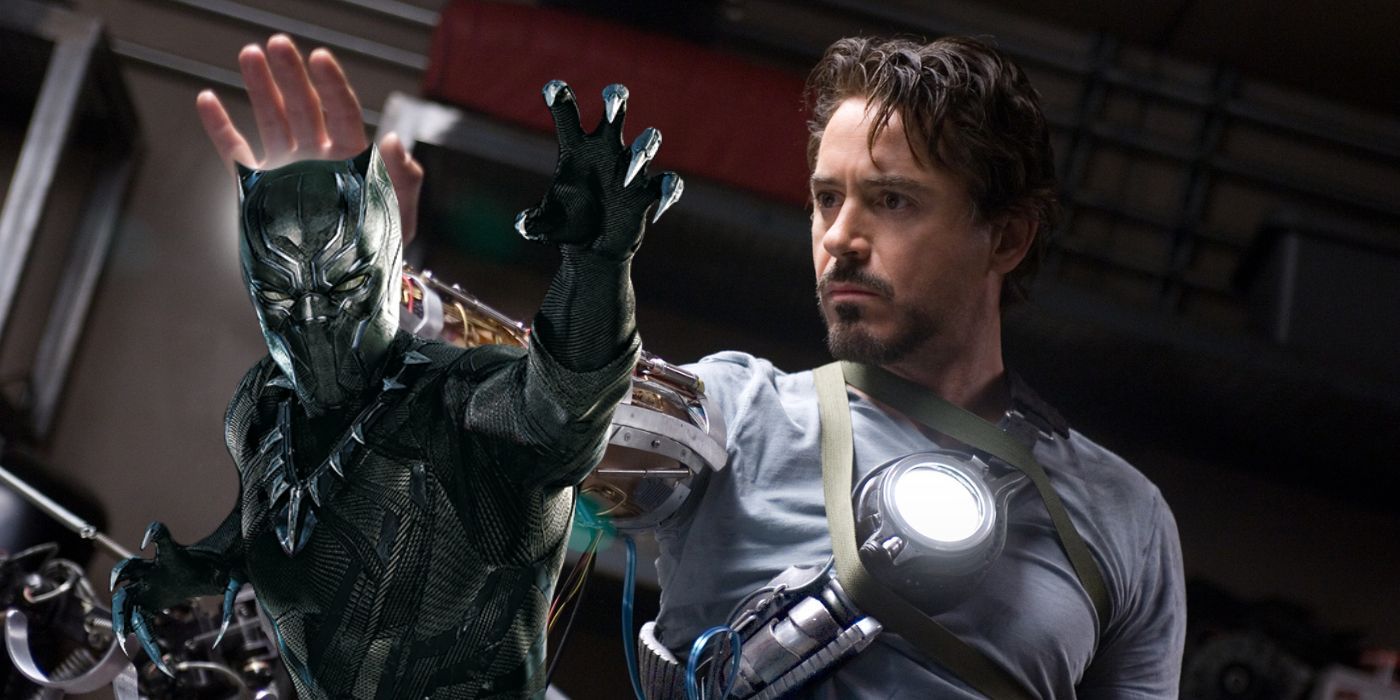
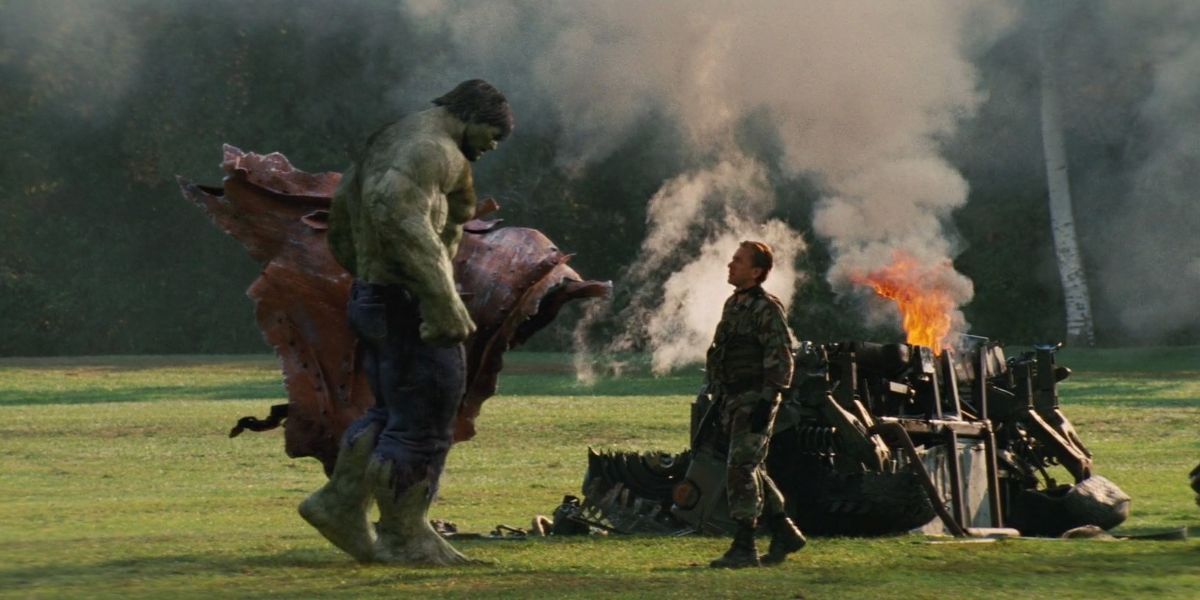
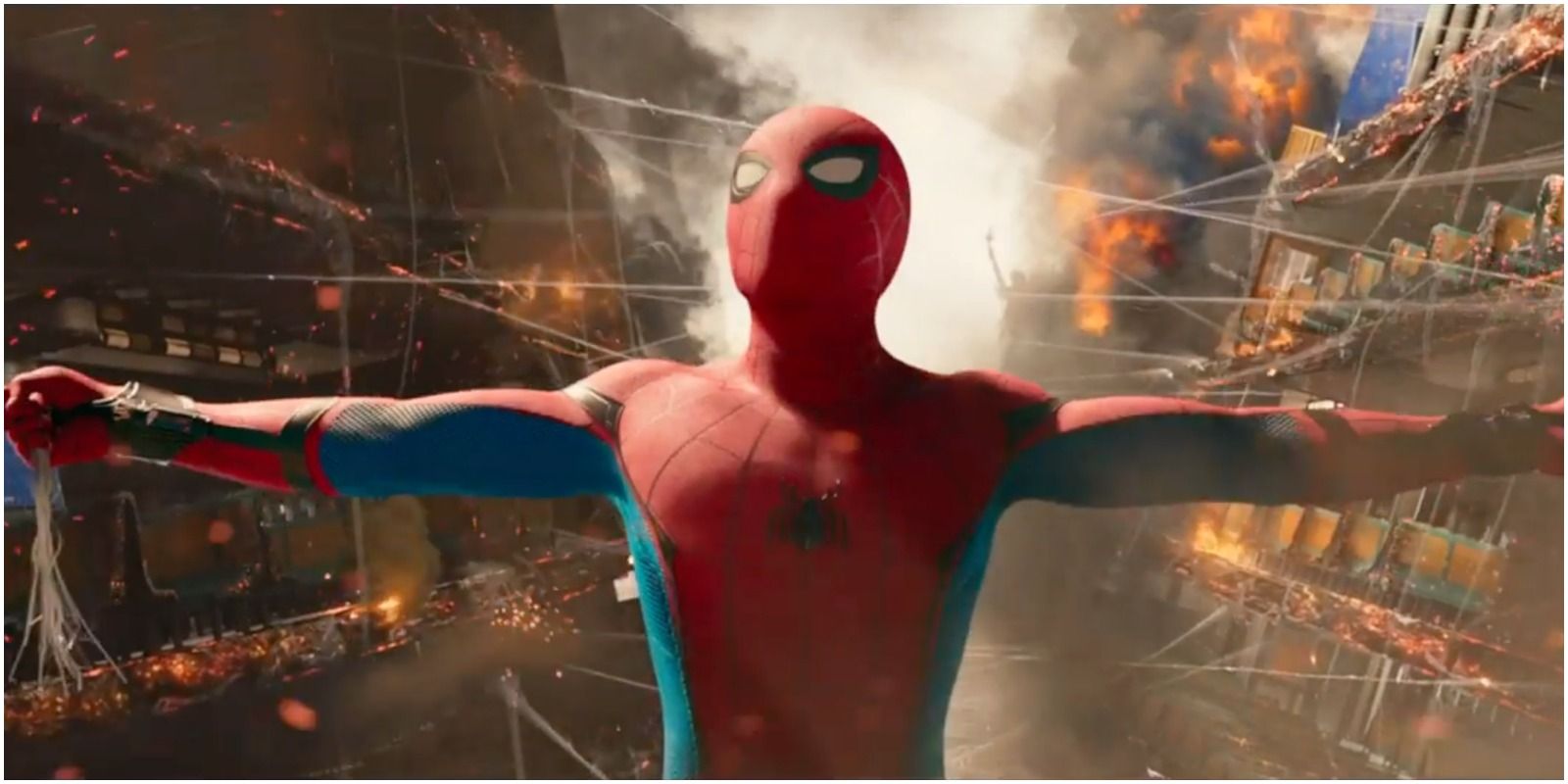
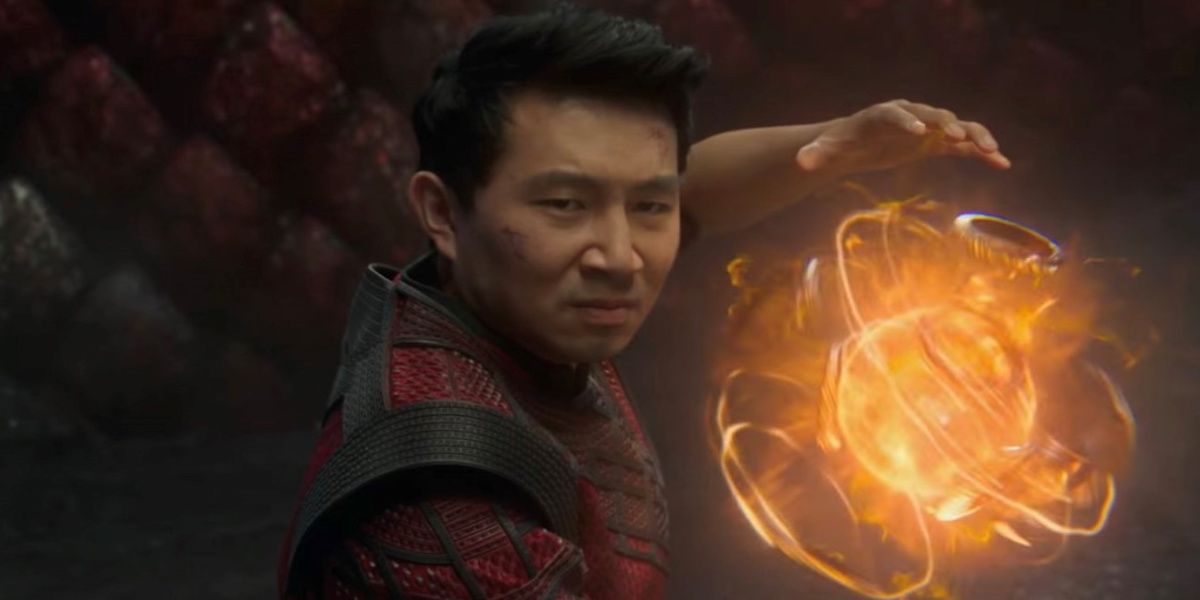
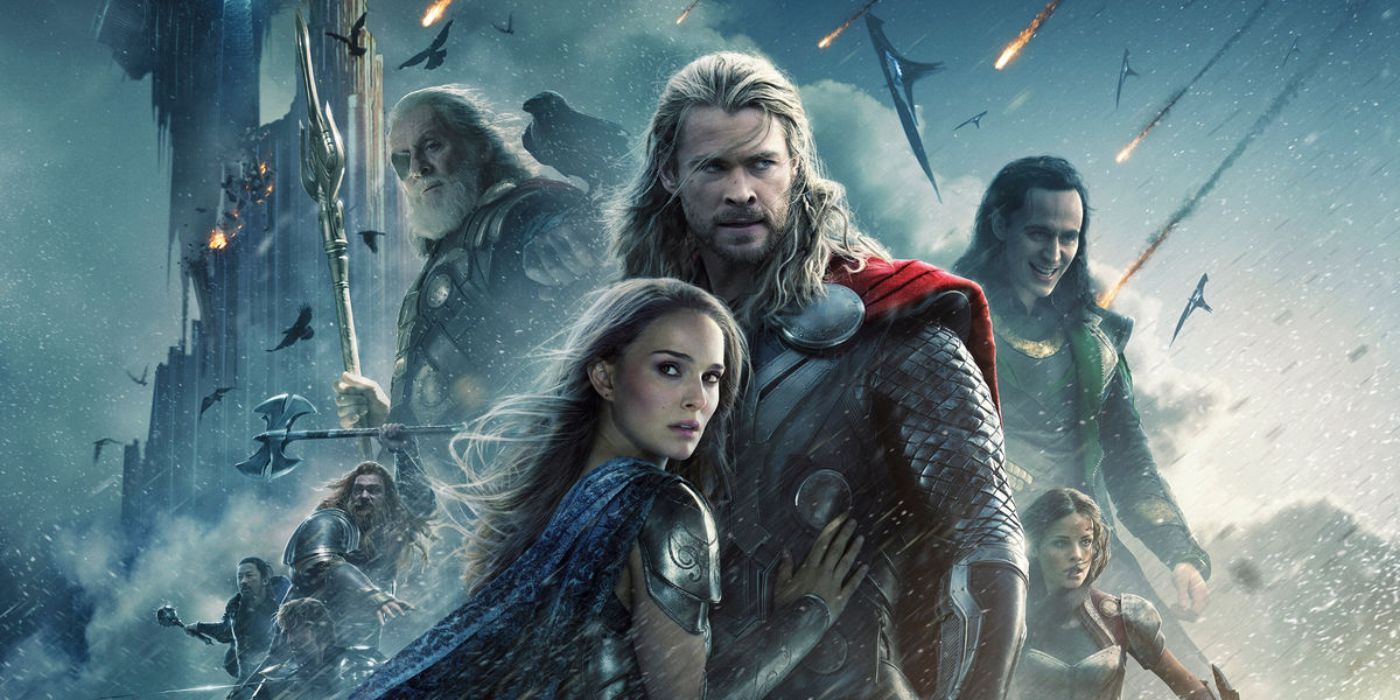
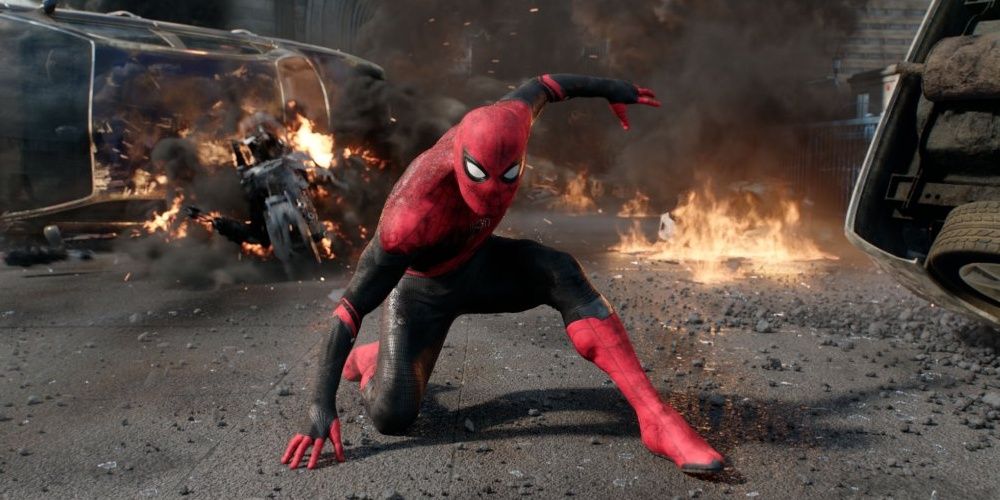
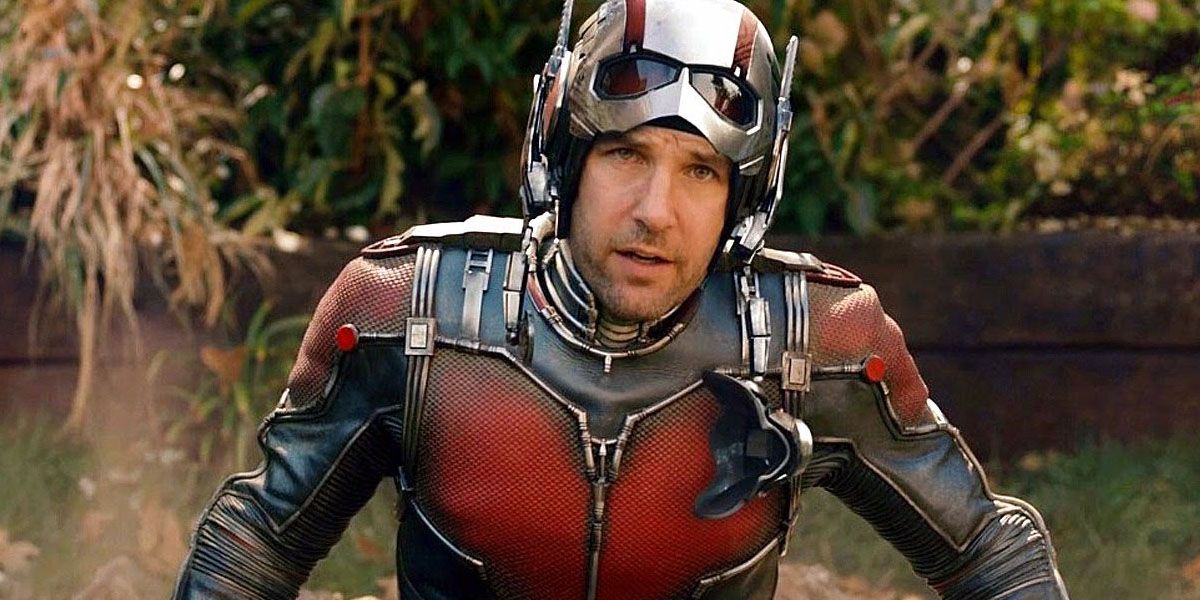
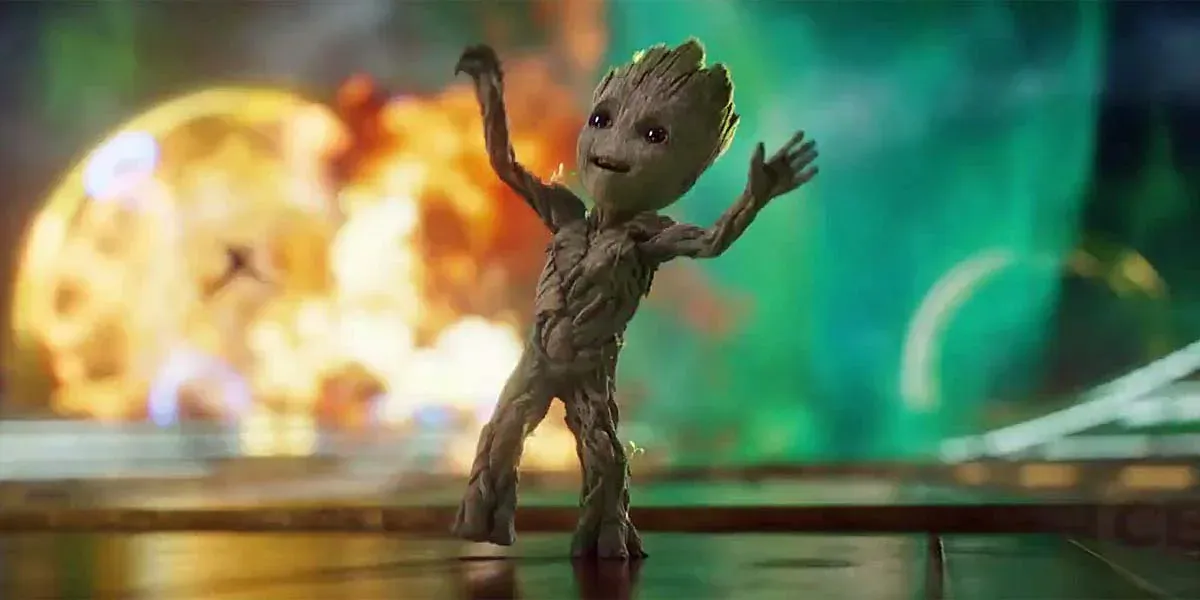
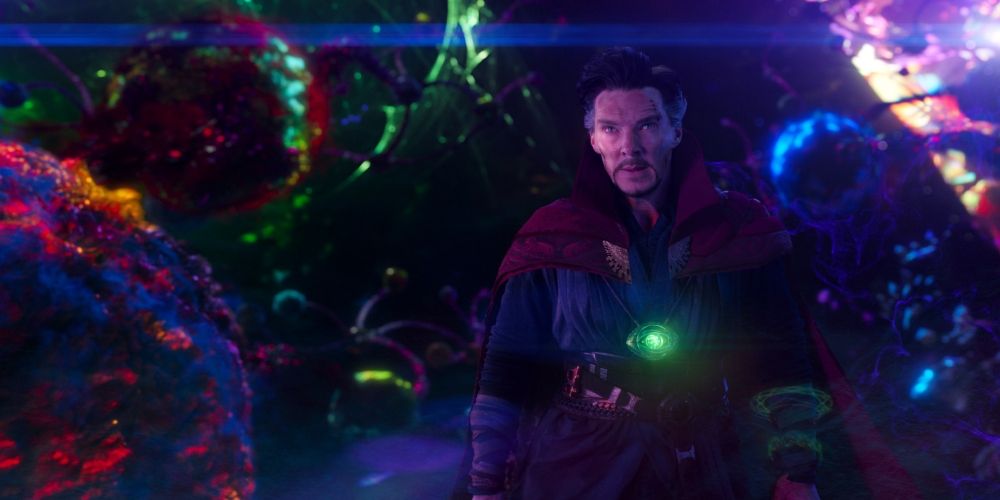
.jpg)
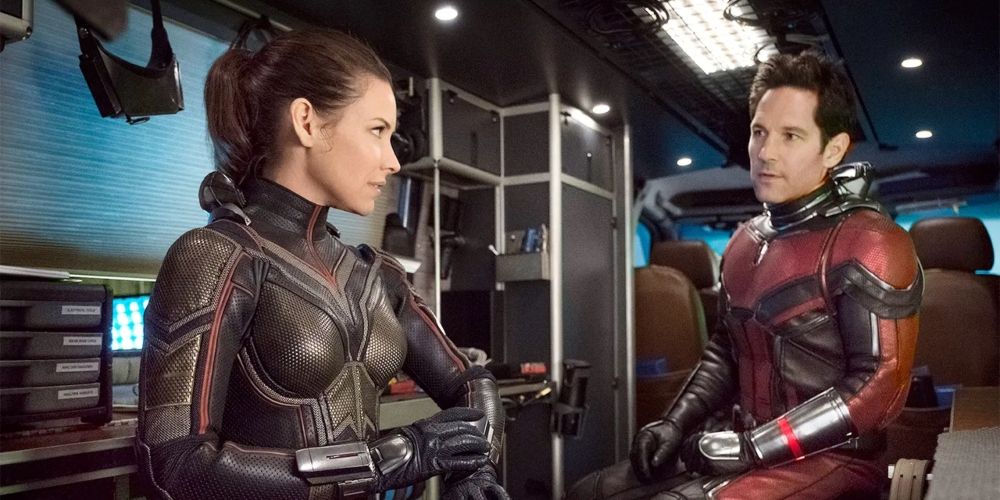
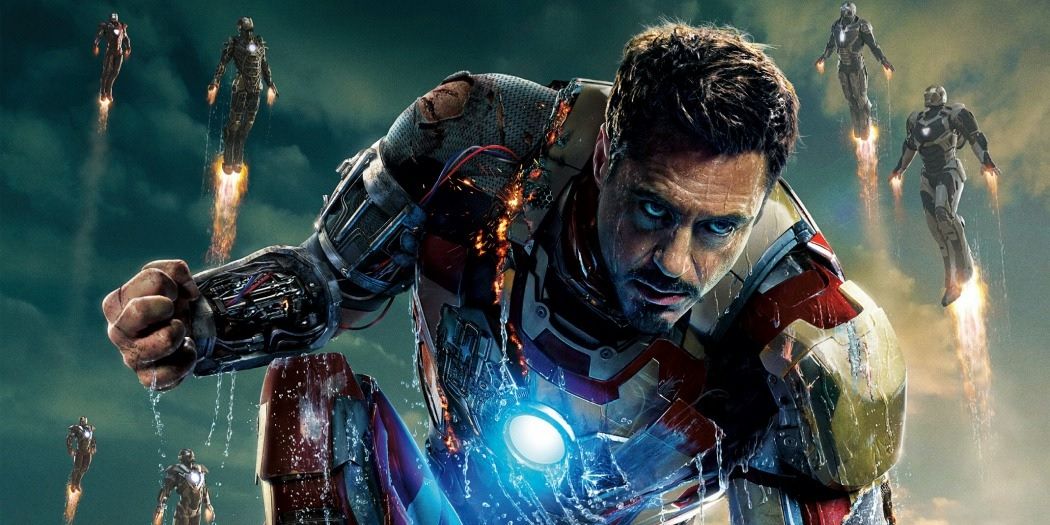
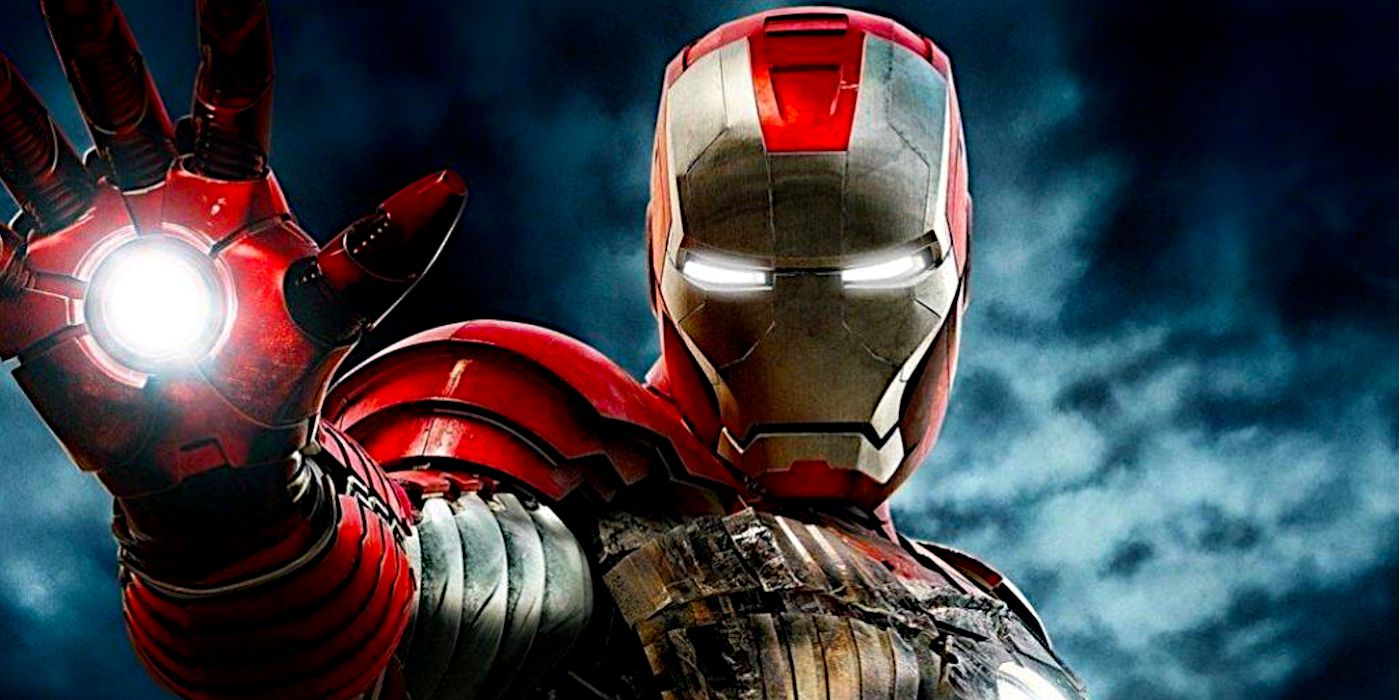
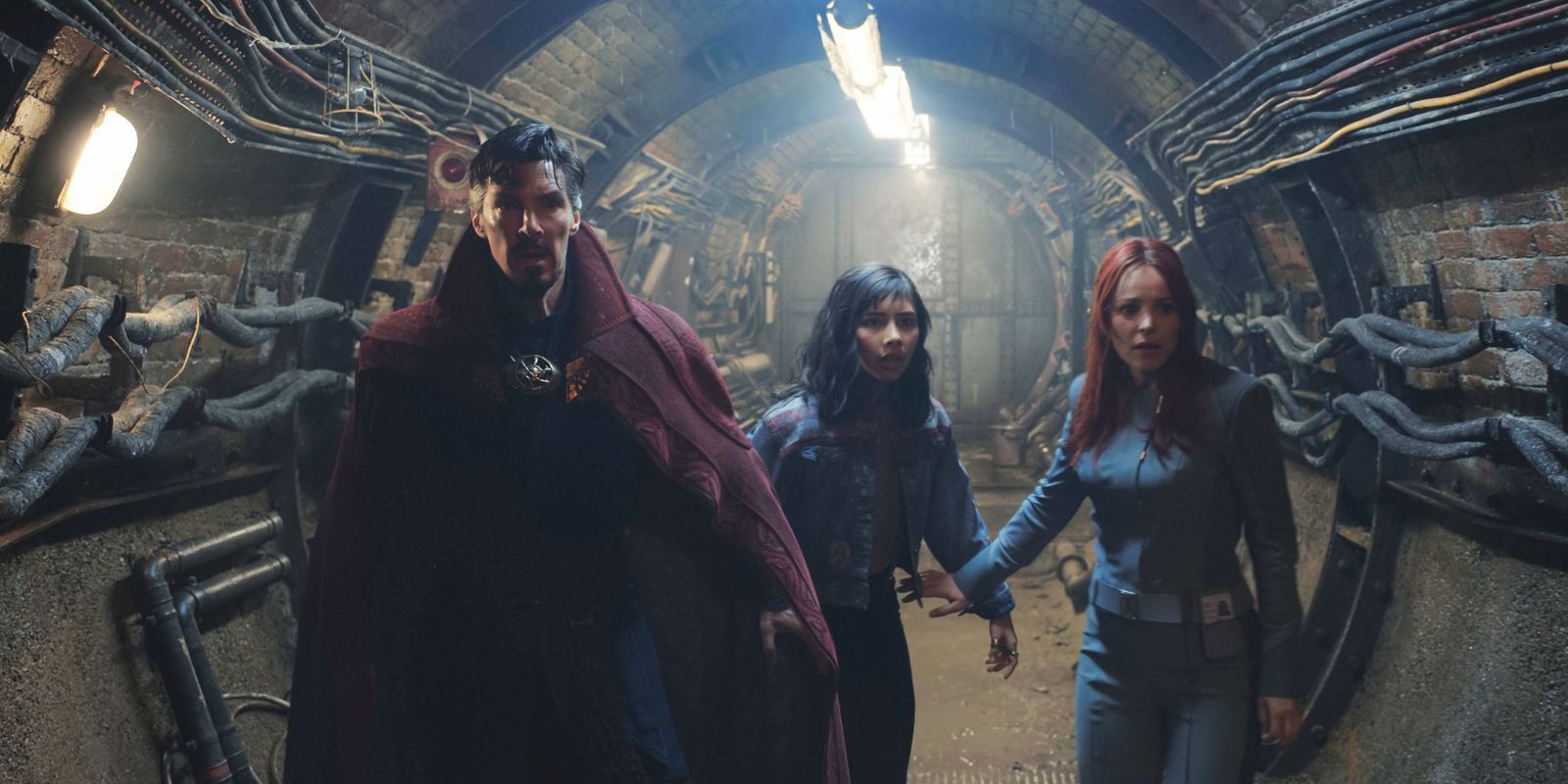

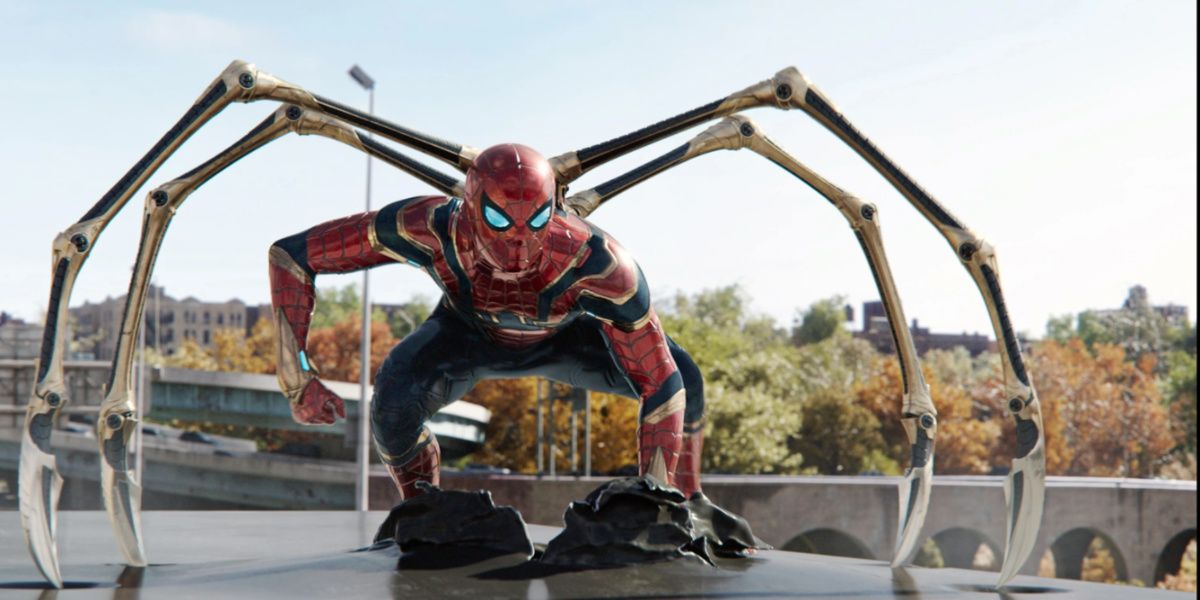
.jpg)
